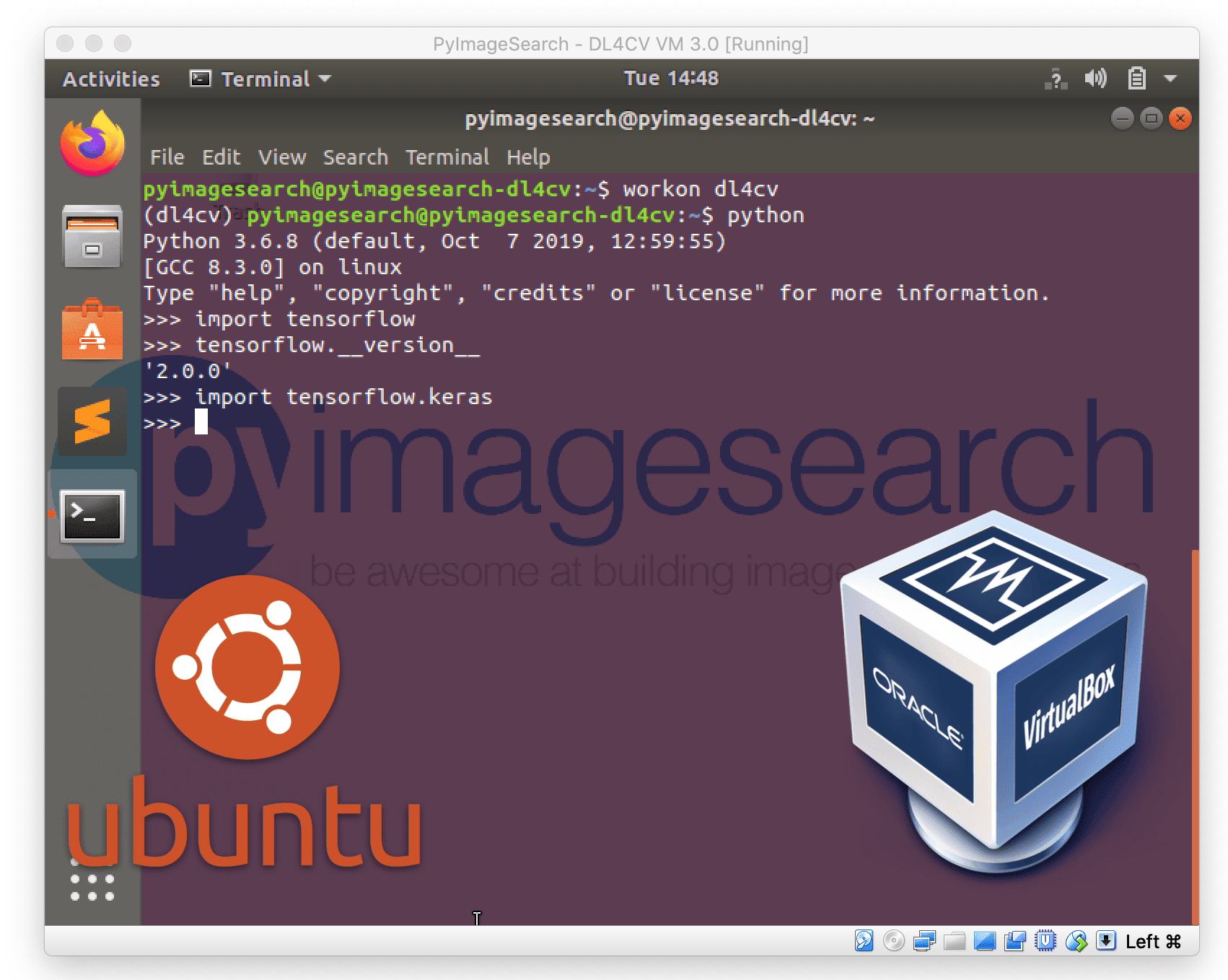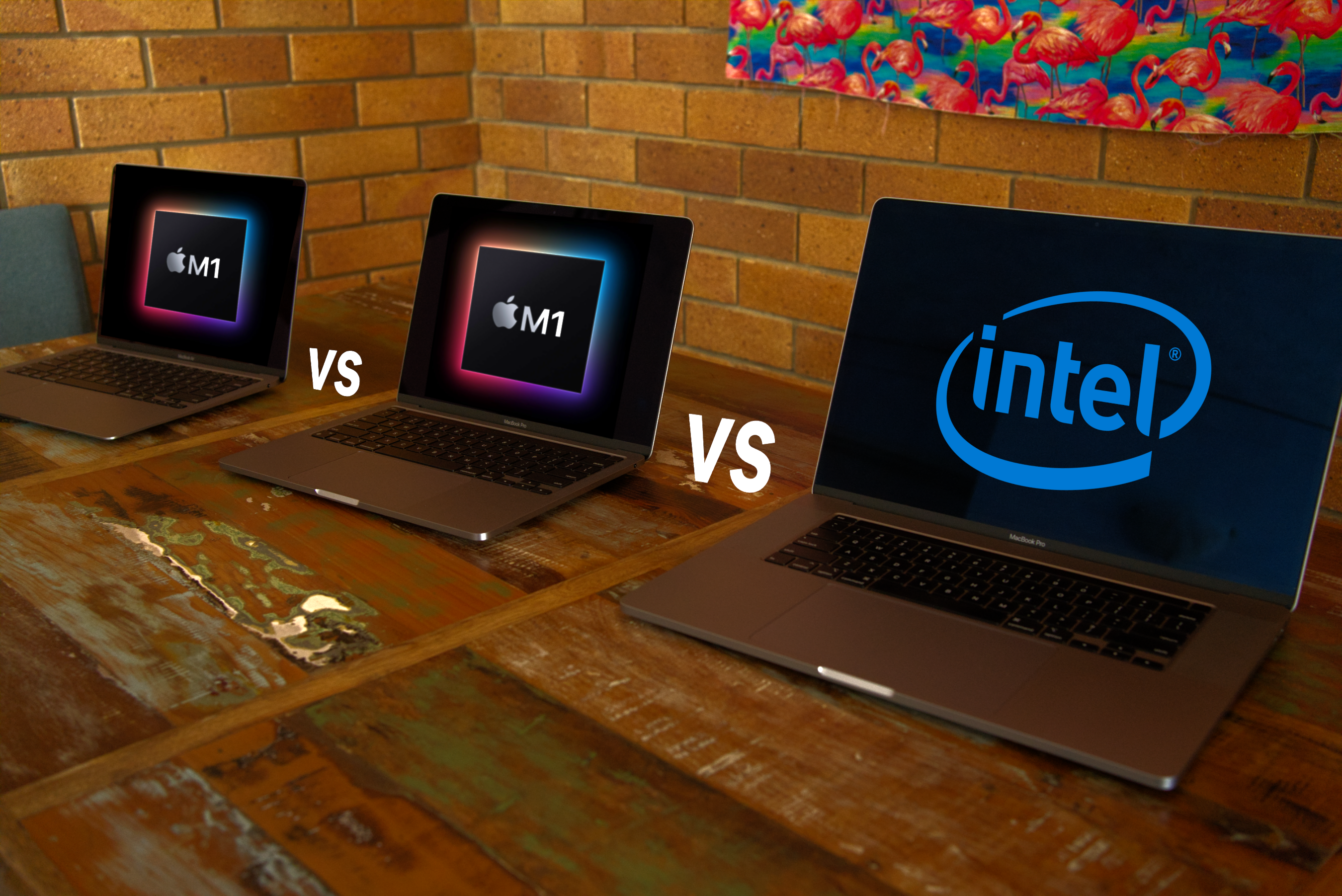RPA is a software robot that mimics human actions, whereas AI is the simulation of human intelligence by machines. Many people often asked about the difference between Robotic Process Automation (RPA) and Artificial Intelligence (AI). Some even confused the two to be the same. To make matters worse, many vendors are now brandying about terms like Intelligent Automation (IA) or Intelligence. API.AI is an organization that specializes in Artificial Intelligence and Natural Language Processing. It was acquired by Google (Hence the free) in 2014 and helps developers (You da Tony Stark now!) make AI assistants for a variety of needs. Its dynamic and easy to use interface allows everyone to develop bots for businesses, games, and much more. Apple is the leading buyer of companies in the global artificial intelligence space, according to data shared today by GlobalData. From 2016 to 2020, Apple acquired the highest number of AI.
While there continues to be confusion about the terms artificial intelligence (AI) and robotics, they are two separate fields of technology and engineering. However, when combined, you get an artificially intelligent robot where AI acts as the brain, and the robotics acts as the body to enable robots to walk, see, speak, smell and more.
Let’s look at the separate fields of artificial intelligence and robotics to illustrate their differences.
What is artificial intelligence (AI)?
Artificial intelligence is a branch of computer science that creates machines that are capable of problem-solving and learning similarly to humans. Using some of the most innovative AIs such as machine learning and reinforcement learning, algorithms can learn and modify their actions based on input from their environment without human intervention. Artificial intelligence technology is deployed at some level in almost every industry from the financial world to manufacturing, healthcare to consumer goods and more. Google’s search algorithm and Facebook’s recommendation engine are examples of artificial intelligence that many of us use every day. For more practical examples and more in-depth explanations, cheque out my website section dedicated to AI.
What is robotics?
The branch of engineering/technology focused on constructing and operating robots is called robotics. Robots are programmable machines that can autonomously or semi-autonomously carry out a task. Robots use sensors to interact with the physical world and are capable of movement, but must be programmed to perform a task. Again, for more on robotics cheque out my website section on robotics.
Where do robotics and AI mingle?
One of the reasons the line is blurry and people are confused about the differences between robotics, and artificial intelligence is because there are artificially intelligent robots—robots controlled by artificial intelligence. In combination, AI is the brain and robotics is the body. Let’s use an example to illustrate. A simple robot can be programmed to pick up an object and place it in another location and repeat this task until it’s told to stop. With the addition of a camera and an AI algorithm, the robot can “see” an object, detect what it is and determine from that where it should be placed. This is an example of an artificially intelligent robot.
Artificially intelligent robots are a fairly recent development. As research and development continue, we can expect artificially intelligent robots to start to reflect those humanoid characterizations we see in movies.
Self-aware robots
One of the barriers to robots being able to mimic humans is that robots don’t have proprioception—a sense of awareness of muscles and body parts—a sort of “sixth sense” for humans that is vital to how we coordinate movement. Roboticists have been able to give robots the sense of sight through cameras, sense of smell and taste through chemical sensors and microphones help robots hear, but they have struggled to help robots acquire this “sixth sense” to perceive their body.
Now, using sensory materials and machine-learning algorithms, progress is being made. In one case, randomly placed sensors detect touch and pressure and send data to a machine-learning algorithm that interprets the signals.
In another example, roboticists are trying to develop a robotic arm that is as dexterous as a human arm, and that can grab a variety of objects. Until recent developments, the process involved individually training a robot to perform every task or to have a machine learning algorithm with an enormous dataset of experience to learn from.
Robert Kwiatkowski and Hod Lipson of Columbia University are working on “task-agnostic self-modelling machines.” Similar to an infant in its first year of life, the robot begins with no knowledge of its own body or the physics of motion. As it repeats thousands of movements it takes note of the results and builds a model of them. The machine-learning algorithm is then used to help the robot strategize about future movements based on its prior motion. By doing so, the robot is learning how to interpret its actions.
A team of USC researchers at the USC Viterbi School of Engineering believe they are the first to develop an AI-controlled robotic limb that can recover from falling without being explicitly programmed to do so. This is revolutionary work that shows robots learning by doing.
Artificial intelligence enables modern robotics. Machine learning and AI help robots to see, walk, speak, smell and move in increasingly human-like ways.
These Artificial Intelligence Software provide controlling of the computer so that dictation, helps browse the Internet, songs can be played with files can be searched, alarms can be set as well as reminders and mathematical calculations can be done by using voice commands.
Related:
One can even use it to remember notes for you as well as read ebooks and a lot more tasks.

Braina
This artificial intelligence software is a human language interface as well as it is an automation software which allows interaction with the computer using English language voice commands. It is super functional at doing tasks. Commands can either be typed or spoken and using the App, interaction with the computer is possible from anywhere in the house using WiFi. One can use it even for mathematical functions including Trigonometry, Arithmetic, Prime Numbers, Roots, Powers, Divisors, Percentage, Set Theory and more.
Mega Voice Command
This software allows you to manipulate your computer using voice recognition. You can create your own commands and have it synced with Windows Speech recognition. It is a free software and updates are searchable by it for free as well. However, to use it, Windows 7 or later is required. With it, software, music, volume, videos, questions, clock, weather, alarms and so much more can be controlled. Default commands can be displayed in case the user forgets the commands.
Ultra Hal
This allows the user to have an actual conversation with the character and the character too learns from the conversations. This dials phone numbers Can keep address/phone/email/appointment book and runs programs as well as recent documents on command. If the user has already purchased a desktopMates character, they can use it with this. The Personality evolves over time of this robot.
Assistant – Your Voice Aide for Android
Ai Vs Robot Mac Os X
This helps to answer questions or find information. It helps to set alarms, connect the user to web services as well as launch apps. This learns of your services, preferences, and favorite places and based on it makes suggestions. This is available in different languages and it has cross platform uses.
Ai Vs Robot Mac Os X
Amy A.I. for Mac
Ai Vs Robot Mac Os Download
This software is usable on iPhones and iPods. You can have a near human conversation. You can email as well as SMS the chat logs, the robot is fully functional, has easy to use interface. You can log your chat so that you can review it later and you can speak in multiple languages like German, English, French, Spanish and Italian.
Syn Virtual Assistant for Windows
This software is platform Independent for the graphic engine. It assists in setting reminders, getting the news, checking weather reports and emails as well. It also comes with 3D avatars and dozens of plugins including face detection, dictionary features, Wikipedia searches and more.
Nextos – Most Popular Software of the Year 2016
This is a virtual private assistant and works on PC desktops as well as MAC OS computers. There is also an Android version of this software which is available. It offers Text to speech and speech recognition dictation systems. It searches the web, speaks emails out aloud, schedules appointments, gets the latest news, runs applications based on voice and so much more. You can also see Team Management Software
What is Artificial Intelligence Software?
This software triggers actions based on the startup. They are voice activated and save a lot of time. They can open up frequently used websites, remind the user of events, help you to interact with application windows like maximizing or minimizing the window, switching, scrolling up and down, closing the window and more.

It can be used to find the time as well as the weather in any part of the world, take down notes and even Automate various computer tasks. It also can be used to define hotkeys which can trigger custom command actions and replies. These can be used to open or search locations, websites or programs.